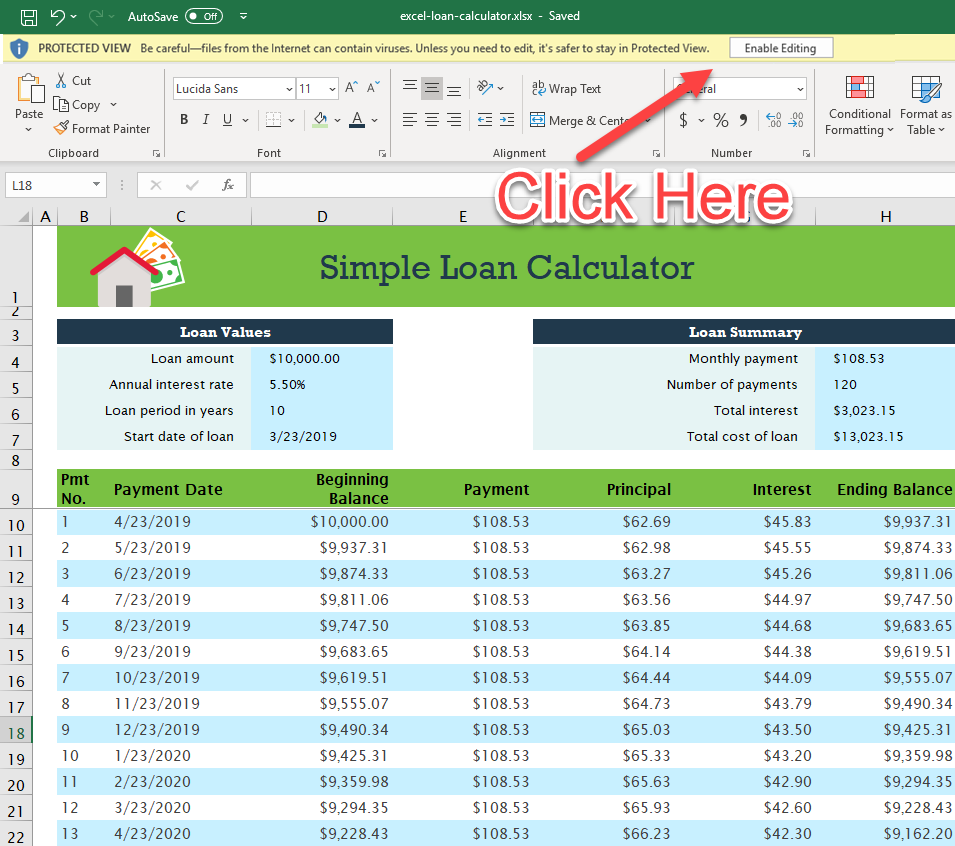

#Usda loan mortgage calculator how to
To learn more on how to calculate LTV, check out the loan to value ratio calculator.įollowing are a few ways on how to get rid of PMI.

Since LTV is calculated based on the loan size and the value of the home price, there are two ways borrowers can lower their LTV, reduce the size of the loan, or increase the value of their home. The LTV is recalculated based on the principal owed on the loan as soon as the borrower starts making monthly payments. Since the LTV is 90%, that means the borrower would need to pay for PMI until LTV is 80% or less. To calculate LTV, divide $450,000 by $500,000 which equals 0.9 or 90% as a ratio. The loan to value ratio or LTV is the ratio between the size of a loan when compared to the value of the home price.įor example, if a house is worth $500,000, and the borrower puts 10% as a down payment, which is $50,000.

Before we get into that, we need to first understand the concept of loan to value ratio, or the LTV. Private mortgage insurance is expensive and adds unnecessary costs for the borrowers, borrowers would want to get rid of it as soon as possible. The PMI Calculator will calculate the payoff date for the private mortgage insurance, and the total amount of PMI that a borrower has paid over the years. Simply enter the home value, mortgage amount, and the yearly PMI rate, and the PMI payoff calculator will get an estimated monthly PMI payment. To make the borrower's life easier, we built this PMI removal calculator that shows exactly when the PMI will be paid off. At that time, the borrower would build up 20% of the equity in his house or $200,000. When the borrower's balance reaches that amount, the PMI will be removed.įor example, for a house with a price tag of 1 million, the borrower will stop paying for PMI when his balance is $800,000, since $1,000,000 * 0.8 = $800,000. To calculate PMI removal manually, multiply the original home price by 0.8. The PMI removal calculator will calculate the equity needed to remove PMI payment, and the date when you have enough home equity. There are a few ways that we will discuss below that will help to get rid of PMI altogether or payoff earlier. Borrowers should double-check with the bank to see if the PMI is removed after they build up enough equity in the house. To avoid surprises when the monthly payment is due, borrowers who are planning to put down less than 20% should make proper calculations to include PMI into their budget along with taxes and insurance.īanks and lenders will drop off PMI once the borrower's equity on the house exceeds 20%, which may take a few years. The PMI rate is usually about 0.3 percent to about 1.5 percent of the original loan amount per year depending on the borrower's credit score and other factors. To offset this additional risk and protect themselves, banks require the borrowers to pay for the PMI or when loan-to-value (LTV) is greater than 80% until the borrower's equity in the house exceeds 20%.ĭepending on the size of a mortgage, the monthly PMI could be quite expensive. Conventional mortgages are those that are not sponsored by the government such as the USDA, VA, and FHA loans.īorrowers who put down less than 20% are viewed as riskier to the banks and therefore are required to pay additional mortgage insurance to protect the banks in case the borrower defaults.ĭuring financial difficulties, it's much easier for borrowers with less equity in the house to stop payments and walk away. PMI is private mortgage insurance that borrowers are required to pay when their down payment is less than 20% of their home value for conventional mortgages.


 0 kommentar(er)
0 kommentar(er)
